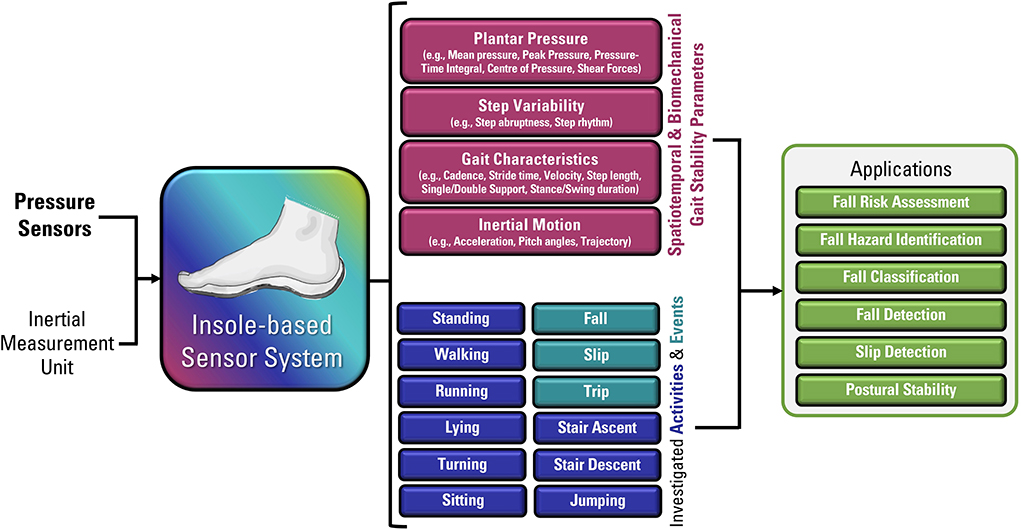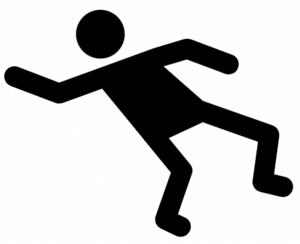The smart Trick of Dementia Fall Risk That Nobody is Talking About
Wiki Article
Some Known Details About Dementia Fall Risk
Table of ContentsThe 3-Minute Rule for Dementia Fall RiskWhat Does Dementia Fall Risk Do?The smart Trick of Dementia Fall Risk That Nobody is Discussing10 Easy Facts About Dementia Fall Risk Shown
A fall threat assessment checks to see just how most likely it is that you will fall. It is primarily done for older adults. The assessment typically consists of: This consists of a series of questions regarding your total wellness and if you have actually had previous falls or problems with equilibrium, standing, and/or strolling. These devices test your strength, equilibrium, and gait (the method you walk).STEADI consists of testing, analyzing, and intervention. Interventions are suggestions that might minimize your threat of falling. STEADI consists of 3 actions: you for your danger of dropping for your risk aspects that can be enhanced to attempt to avoid falls (for instance, balance problems, damaged vision) to minimize your threat of dropping by utilizing effective strategies (for instance, providing education and resources), you may be asked numerous inquiries including: Have you fallen in the previous year? Do you feel unsteady when standing or strolling? Are you bothered with falling?, your copyright will certainly examine your stamina, balance, and stride, using the adhering to loss analysis devices: This test checks your stride.
If it takes you 12 seconds or even more, it may indicate you are at higher risk for a loss. This examination checks toughness and balance.
Relocate one foot midway ahead, so the instep is touching the large toe of your other foot. Move one foot fully in front of the other, so the toes are touching the heel of your other foot.
The Best Strategy To Use For Dementia Fall Risk
Most drops take place as an outcome of several adding factors; therefore, taking care of the threat of dropping starts with recognizing the elements that contribute to fall danger - Dementia Fall Risk. Some of the most appropriate risk elements include: Background of prior fallsChronic clinical conditionsAcute illnessImpaired stride and balance, reduced extremity weaknessCognitive impairmentChanges in visionCertain high-risk drugs and polypharmacyEnvironmental elements can likewise boost the danger for falls, including: Insufficient lightingUneven or damaged flooringWet or slippery floorsMissing or harmed handrails and get hold of barsDamaged or incorrectly fitted tools, such as beds, mobility devices, or walkersImproper use of assistive devicesInadequate supervision of individuals residing in the NF, consisting of those that show aggressive behaviorsA successful fall risk management program calls for a complete clinical assessment, with input from all participants of the interdisciplinary team

The treatment strategy need to also consist of treatments that are system-based, such as those that advertise a risk-free environment (ideal illumination, handrails, grab bars, etc). The performance of the treatments should be evaluated regularly, and the treatment strategy modified as needed to mirror adjustments in the autumn threat evaluation. Carrying out a loss threat monitoring system using evidence-based best method can reduce the prevalence of falls in the NF, while limiting the capacity for fall-related injuries.
Some Known Details About Dementia Fall Risk
The AGS/BGS standard suggests evaluating all grownups matured 65 years and older for fall threat each year. This screening includes asking patients whether they have actually dropped 2 or even more times in the past year or sought clinical focus for an autumn, or, published here if they have not fallen, whether they really feel unsteady when walking.People that have actually dropped once without injury needs to have their balance and stride evaluated; those with gait or equilibrium problems need to receive added analysis. A history of 1 fall without injury and without stride or balance problems does not require further analysis beyond continued annual fall danger screening. Dementia Fall Risk. A loss risk analysis is called for as component of the Welcome to Medicare exam

5 Simple Techniques For Dementia Fall Risk
Recording a drops background is among the high quality indicators for autumn avoidance and administration. An important component of danger evaluation is a medicine evaluation. Several courses of medications boost autumn threat (Table 2). copyright drugs particularly are independent predictors of falls. These medications have a tendency to be sedating, modify the sensorium, and impair balance and gait.Postural hypotension can commonly be relieved by lowering the dosage of blood pressurelowering medicines and/or stopping drugs that have orthostatic hypotension as an adverse effects. Usage of above-the-knee assistance hose pipe and sleeping with the head of the bed elevated might likewise decrease Recommended Reading postural decreases in blood pressure. The recommended components of a fall-focused physical exam are shown in Box 1.

A TUG time greater than or equal to 12 seconds suggests high autumn threat. Being unable to stand up from a chair of knee elevation without using one's arms suggests raised fall danger.
Report this wiki page